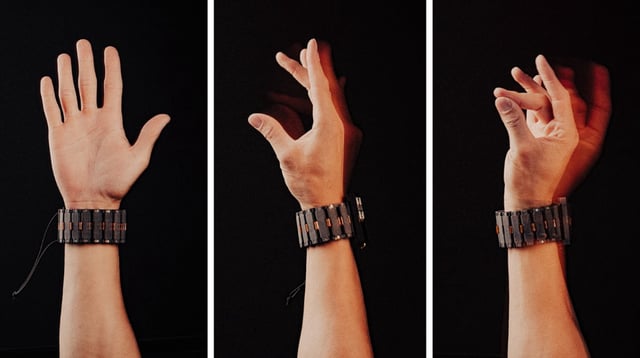Overview
- The experimental wristband uses surface electromyography and Bluetooth to translate wrist muscle signals into real-time gestures without individualized calibration.
- Deep-learning models trained on data from thousands of participants enable the device to anticipate movement intent before any physical action.
- In trials, users achieved text entry speeds of 20.9 words per minute and seamlessly navigated virtual interfaces with hand gestures.
- Meta published the full study along with design rules and datasets to accelerate open research and standardize neuromotor interfaces.
- The team is integrating the wristband with Orion augmented-reality glasses and partnering with Carnegie Mellon to test accessibility applications for patients with spinal cord injuries.
